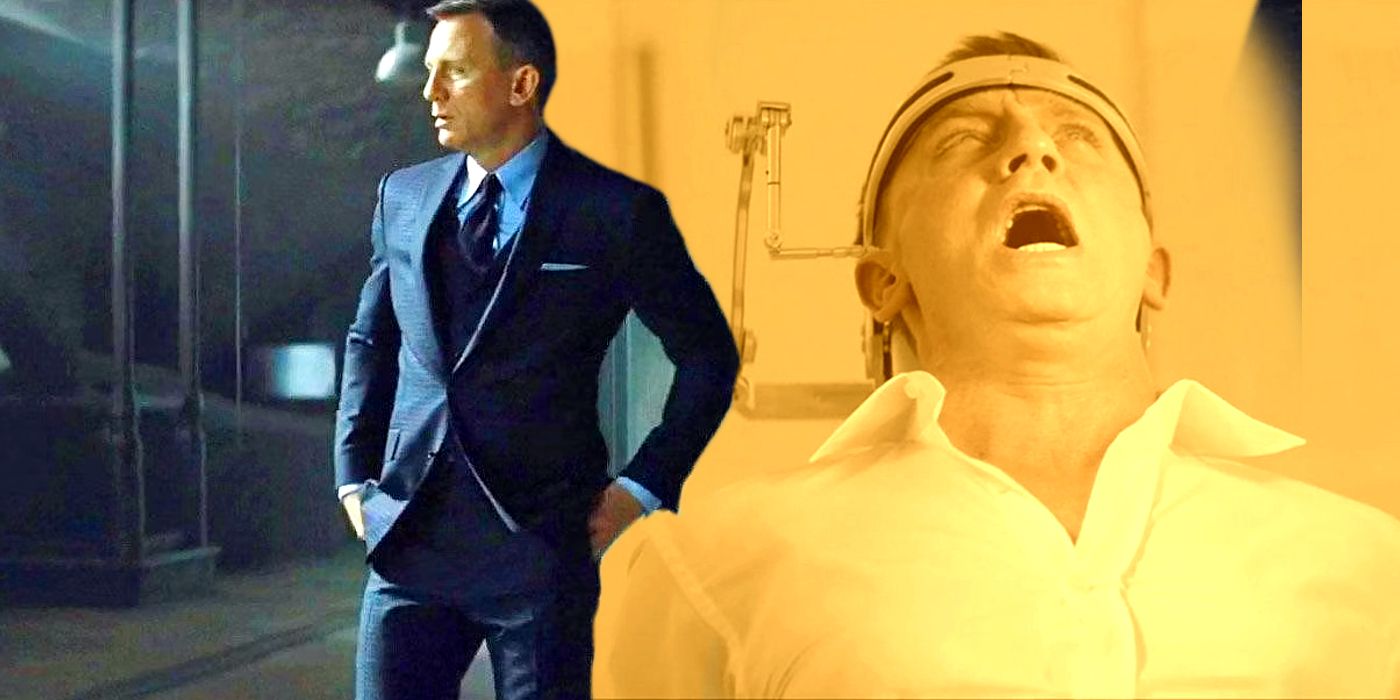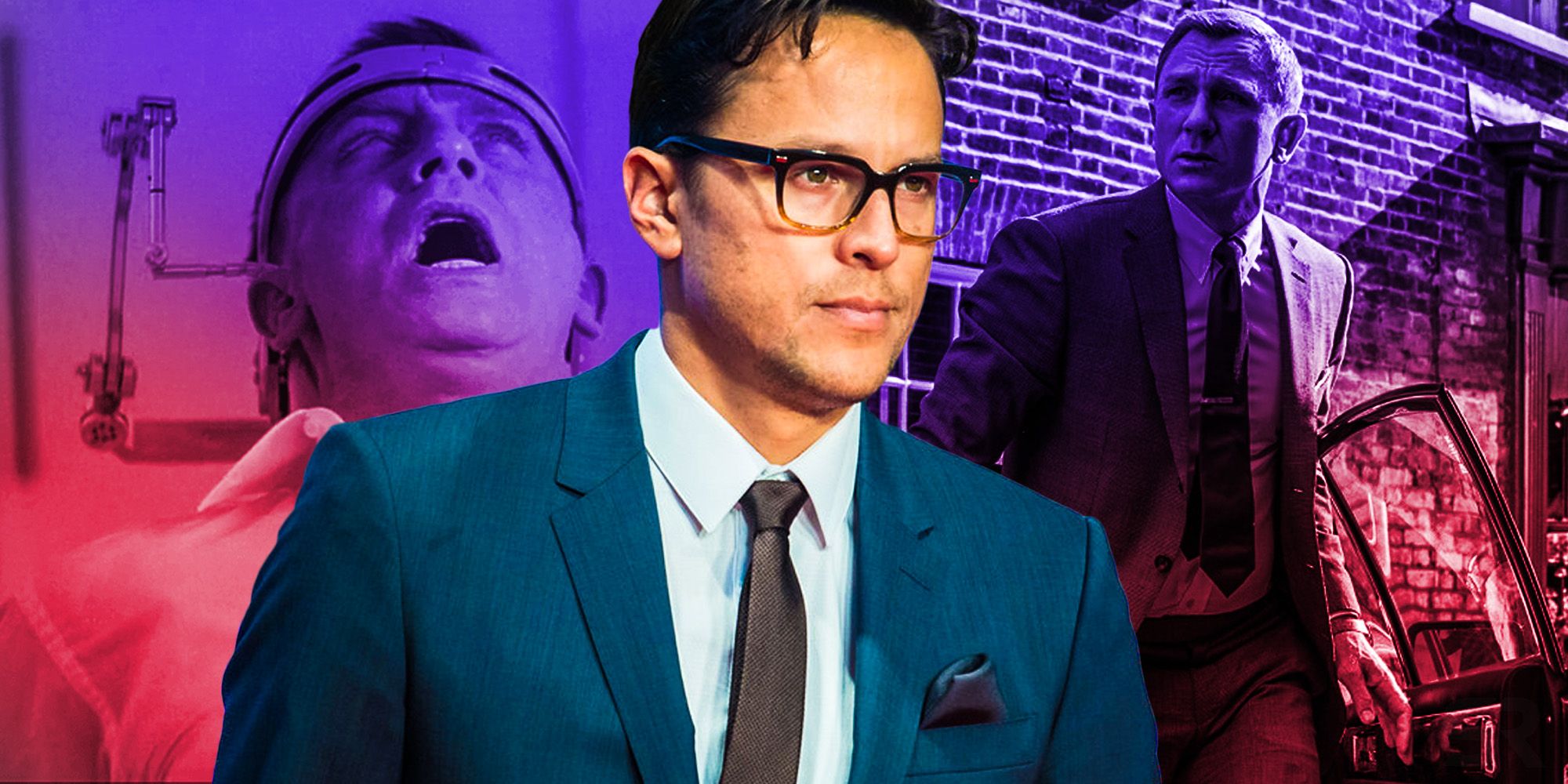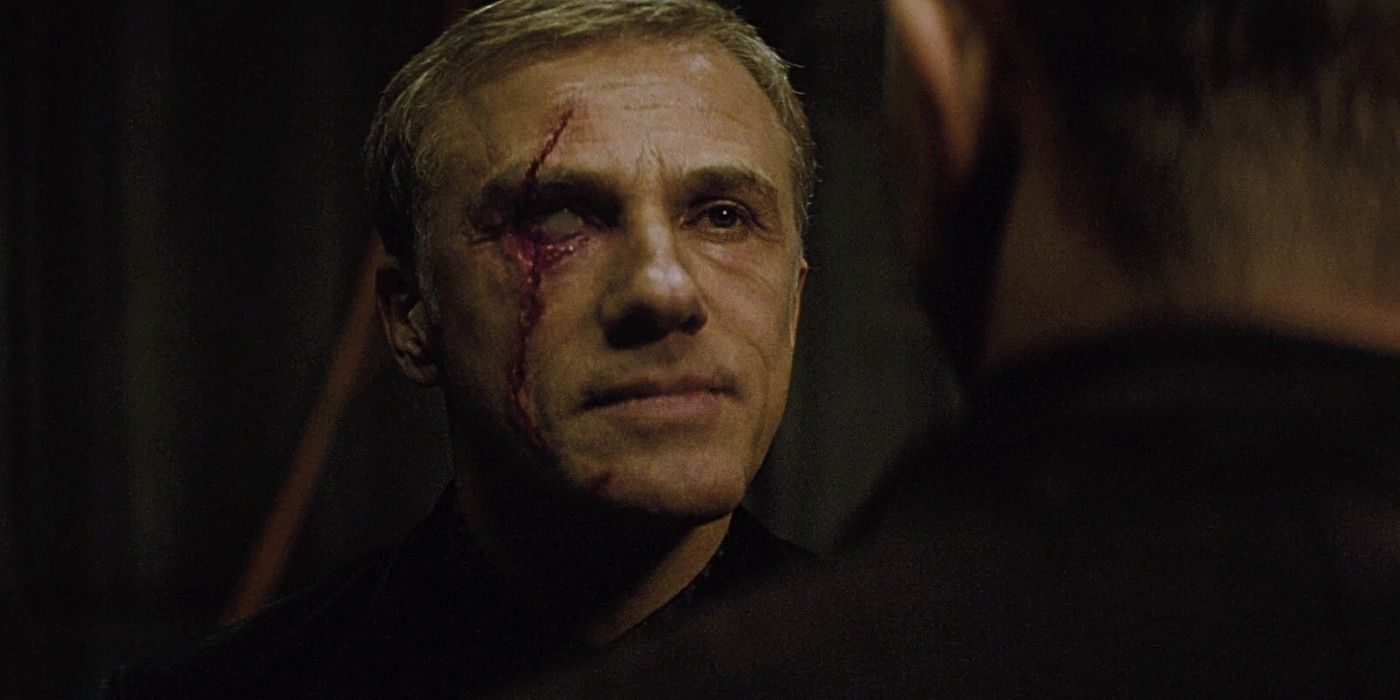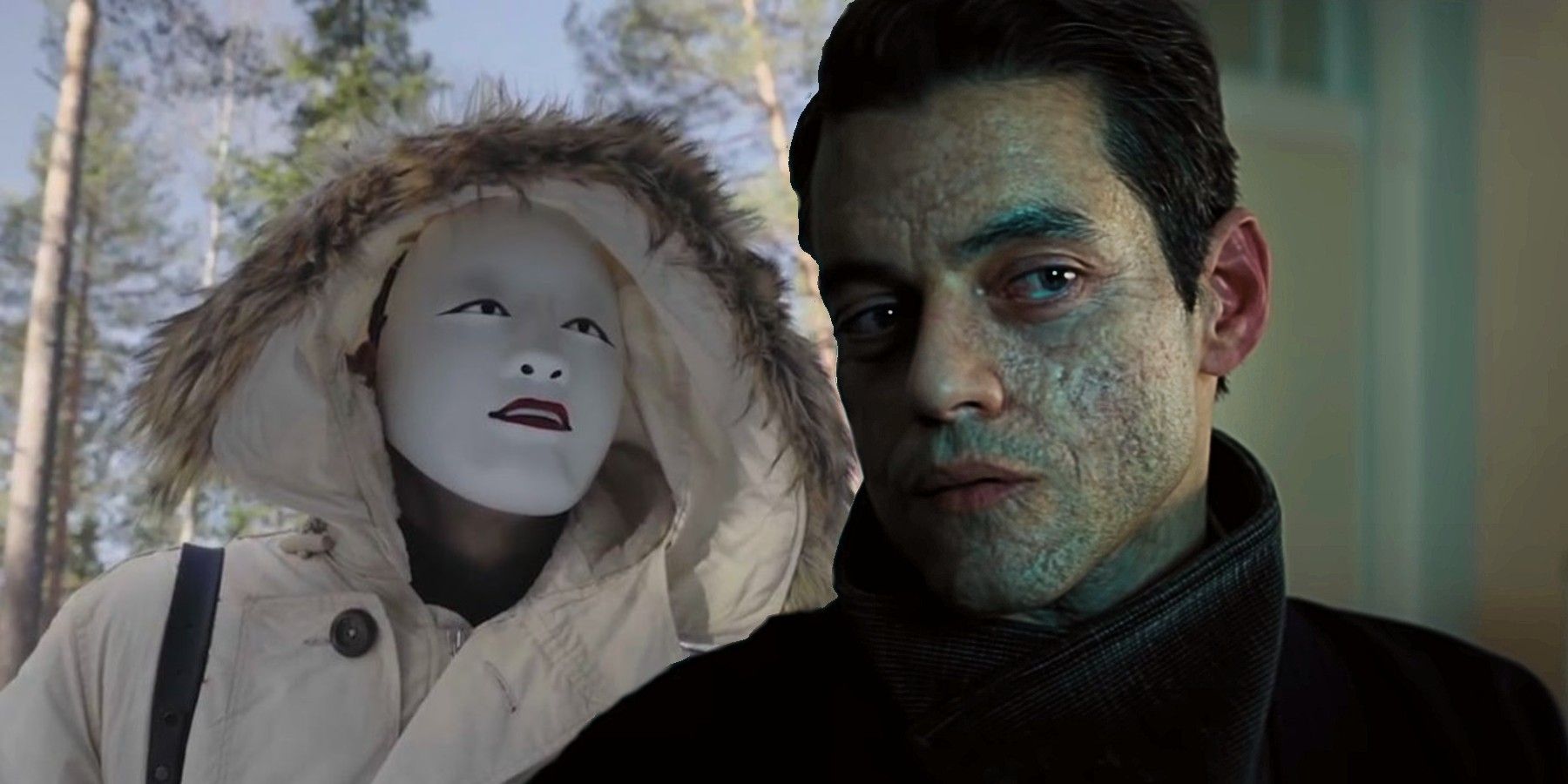Originally, No Time To Die featured a wild twist that connected the James Bond movie to its predecessor Spectre, but keeping this revelation would have ruined the movie’s surprising climax. Director Cary Fukunaga’s plans for No Time To Die changed a lot throughout the production process. The James Bond movie was always intended to be Daniel Craig’s final movie in the role, but the tone and story of No Time To Die were changed significantly between script and screen.
Much like Spectre’s original story featured Bond saving Q in a nod to Skyfall, Fukunaga’s earliest pitch for No Time To Die featured a twist that would have connected the movie’s plot to its predecessor Spectre. In Fukunaga’s earliest idea for No Time To Die, Craig’s final 007 movie would have begun two-thirds of the way through Spectre’s action. No Time To Die originally revealed that Bond’s escape and the entire third act of Spectre were a near-death hallucination, allowing Fukunaga to re-stage a new, stronger take on the story’s ending. However, this would have ruined No Time To Die’s new villain Safin and, by extension, Bond’s shocking death.
No Time To Die’s Original Spectre Twist
In conversation with Phoebe Waller-Bridge (who also worked on the No Time To Die screenplay), Fukunaga admitted that he originally considered revealing that Bond was still living through the climax of Spectre after imagining the movie’s happy ending. Fukunaga’s missing No Time To Die twist would have retconned Spectre’s entire final act, revealing that the most over-the-top segment of the blockbuster was in reality an Occurrence At Owl Bridge-style imaginary escape. Per Fukunaga, "I was like, ‘What if everything up until the end of act two is all inside his head?’” The daring reveal would have reshaped No Time To Die’s tone, but this came at a cost.
No Time To Die’s Missing Twist Was Genius
The James Bond franchise has always been larger-than-life, but the movies are not set in the hero’s mind and don’t typically make much use of subjective storytelling techniques. As such, revealing that Spectre’s ending wasn’t an objective view of events but rather a fantasy would have made Craig’s Bond much more fallible than his predecessors. Unlike Fukunaga’s original ending for No Time To Die, a bleak Bond death that was interested in shock value for its own sake, this twist would have served a purpose in the larger context of the franchise by humanizing Bond more than ever before.
Some versions of Bond have been surprisingly grounded and, even before Craig’s tenure in the role, Bond has moments of humanity. George Lazenby’s 007 cried over the death of his wife in On Her Majesty’s Secret Service, while Timothy Dalton’s version of James Bond seemed rattled by the brutality of his work years before Craig tapped into Bond’s traumatized psyche. However, No Time To Die’s missing twist would have seen the series take this idea much further by showing that the James Bond movies take place inside the mind of the super-spy. This recontextualizes the cartoony adventures of Roger Moore’s wild James Bond movies by calling the apparent objectivity of the earlier movies into question.
The Spectre Twist Would Have Ruined Safin
While Fukunaga’s twist would have forced viewers to reconsider Bond’s wacky adventures and wonder how much of the series only happened in his head, this mind-blowing revelation would have ruined No Time To Die’s story. No Time To Die needed Rami Malek’s campy villain Safin for the movie’s story to work and, even with the lengthy runtime of No Time To Die, there would have been no time for the sequel to introduce a second villain after also revising the ending of Spectre. Christoph Waltz’s Blofeld would have needed to be the primary villain of No Time To Die if Fukunaga kept his twist, and this would have derailed the sequel’s plot.
By killing off James Bond, No Time To Die changed the parameters of what a 007 movie could do with the iconic character. However, this twist only worked because Safin was established as a new, bigger threat who outshone Blofeld, which made it clear that Bond would need to take the ultimate sacrifice to take down this villain. Bond’s No Time To Die sacrifice was effective and moving only because Safin was a legitimate threat who was able to wipe out SPECTRE and Blofeld alike, and No Time To Die wouldn’t have worked if the movie tried to introduce this character after its opening act focused on Bond beating Blofeld.
Safin’s Plan Led To James Bond’s Perfect Death
It is tempting to imagine a version of No Time To Die that devotes some screen time to tie up loose ends from Spectre’s story. However, like Britney Spears’ nixed Bond girl role, this is a "what if" that belongs in the pile of interesting, but ultimately untenable ideas that the 007 franchise never pursued. Safin’s ability to outsmart Blofeld made it clear that he was a bigger threat than Bond’s oldest nemesis, meaning it made sense for Bond to make his tragic sacrifice when No Time To Die’s ending called for this drastic action. Not only that, but Safin’s beef with Madeleine Swann served another important plot function.
Blofeld, famously, is 007’s enemy. However, Safin is not. He has a bone to pick with Madeleine and uses Bond to get to her, much as Blofeld used countless disposable Bond girls to get to the spy. By reducing Blofeld’s No Time To Die role to a brief cameo, the 007 franchise flipped one of its oldest tropes. Instead of using Bond’s love interest as a pawn in a villain’s battle with Bond, No Time To Die made Bond a pawn in Safin’s master plan. Bond managed to save the day and ensure that Safin didn’t get away with his scheme in the end, but this came at a great cost to him.
By laying down his life, Craig’s Bond humanized the character more than any earlier 007. By putting him in the same position as countless Bond girls before him, No Time To Die showed the character what it is like to be a Bond girl while also allowing him a chance to save his love interest, his child, and the world. Thus, by dropping its clever Spectre twist, No Time To Die eventually became a better addition to the James Bond canon.





